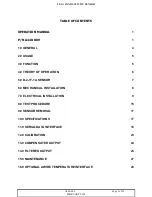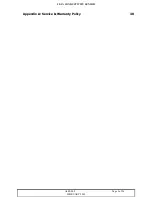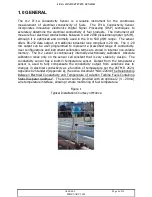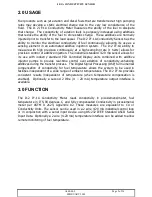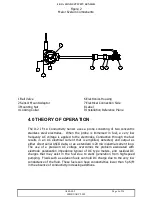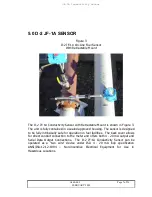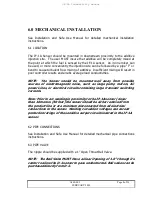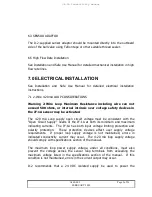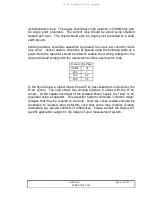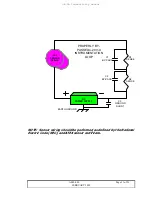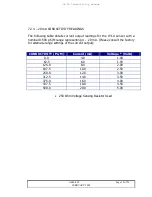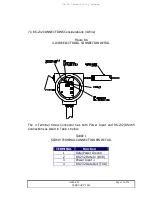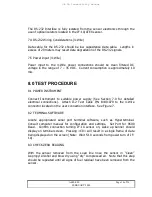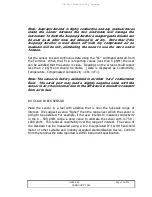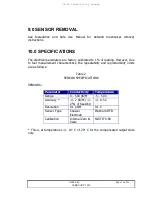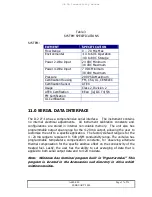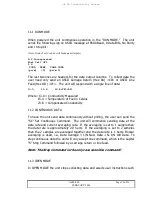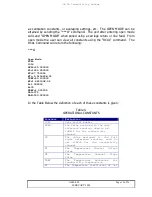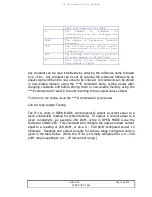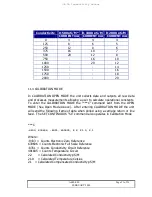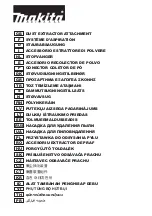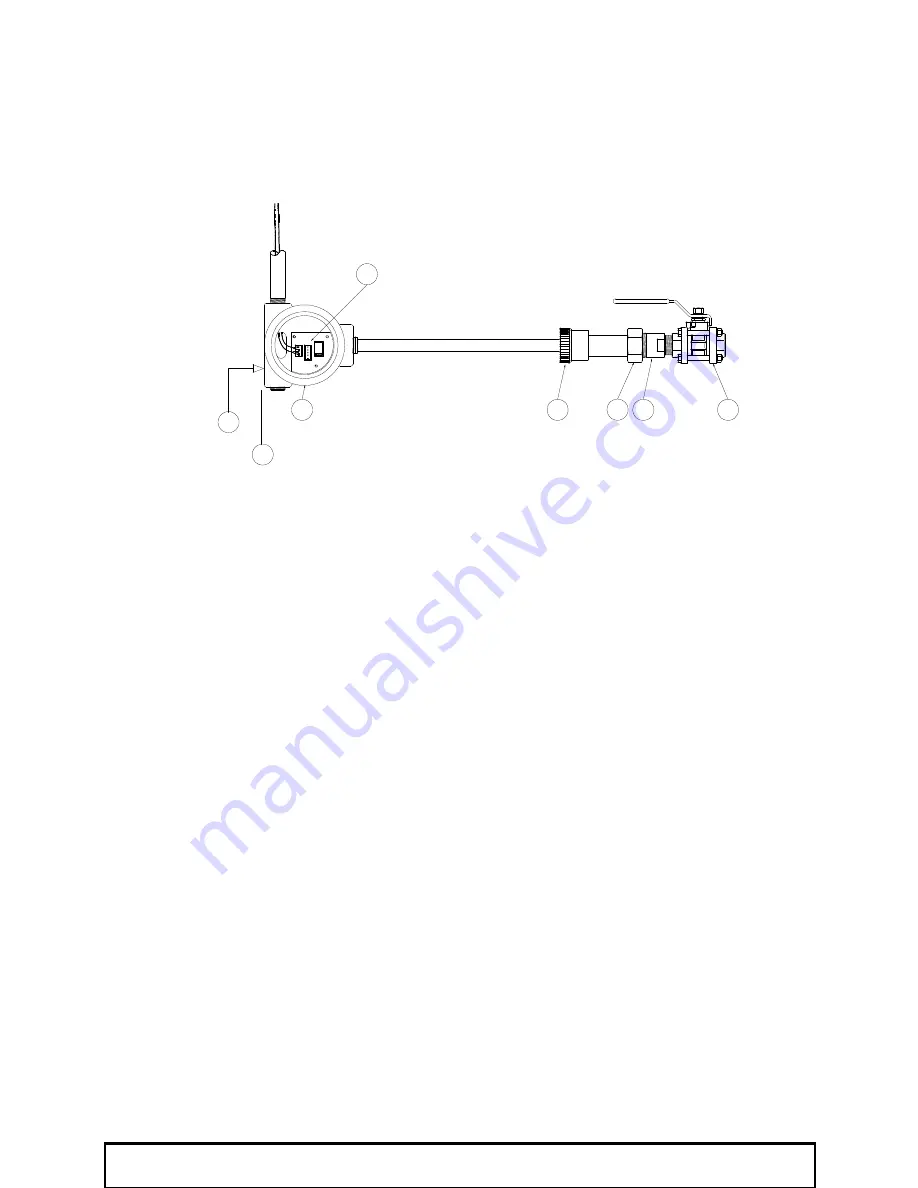
JF-1A CONDUCTIVITY SENSOR
A440-009
Page 6 of 56
FEBRUARY 2009
Figure 2
Major System Components
1 Ball Valve
2 Sensor Mount Adaptor
3 Mounting Nut
4 Locking Collar
6 Electronics Housing
7 Electrical Connection Side
8 Label
9 Installation Reference Plane
4.0 THEORY OF OPERATION
The D-2 JF-1A Conductivity Sensor uses a probe consisting of two concentric
stainless steel electrodes. When the probe is immersed in fuel, a very low
frequency AC voltage is applied to the electrodes. Conduction through the fuel
results in an AC electrical current that is amplified, detected, and output as
either direct serial ASCII data, or as a standard 4-20 mA industrial current loop.
The use of a precision AC voltage overcomes the problem associated with
electrode polarization impedance typical of DC type meters, and residual DC
charges that may exist in the fuel due to static generation from high-speed
pumping. Fluids such as aviation fuels can hold DC charge due to the very low
conductance of the fluid. These fuels can have conductivities lower than 5 pS/M
in the absence of conductivity-increasing additives.
1
2
3
4
1
2
4
7
3
6
8
9


